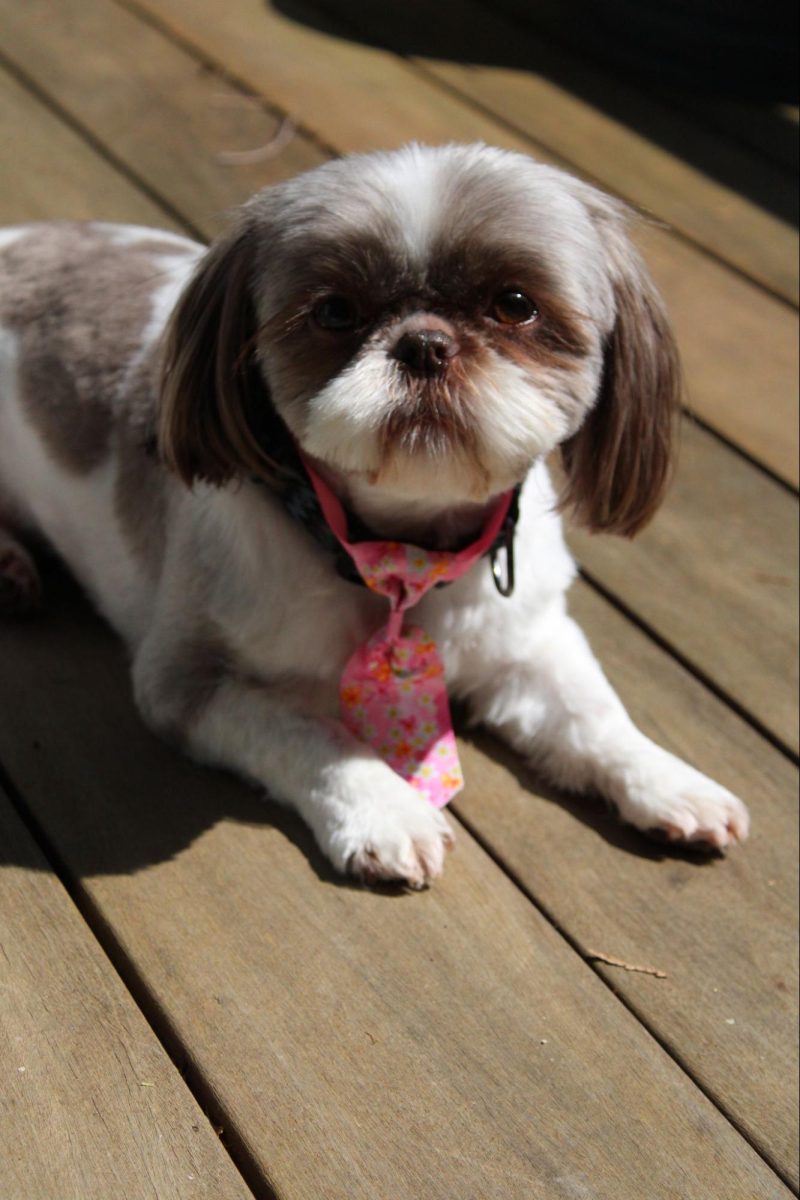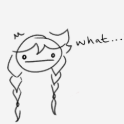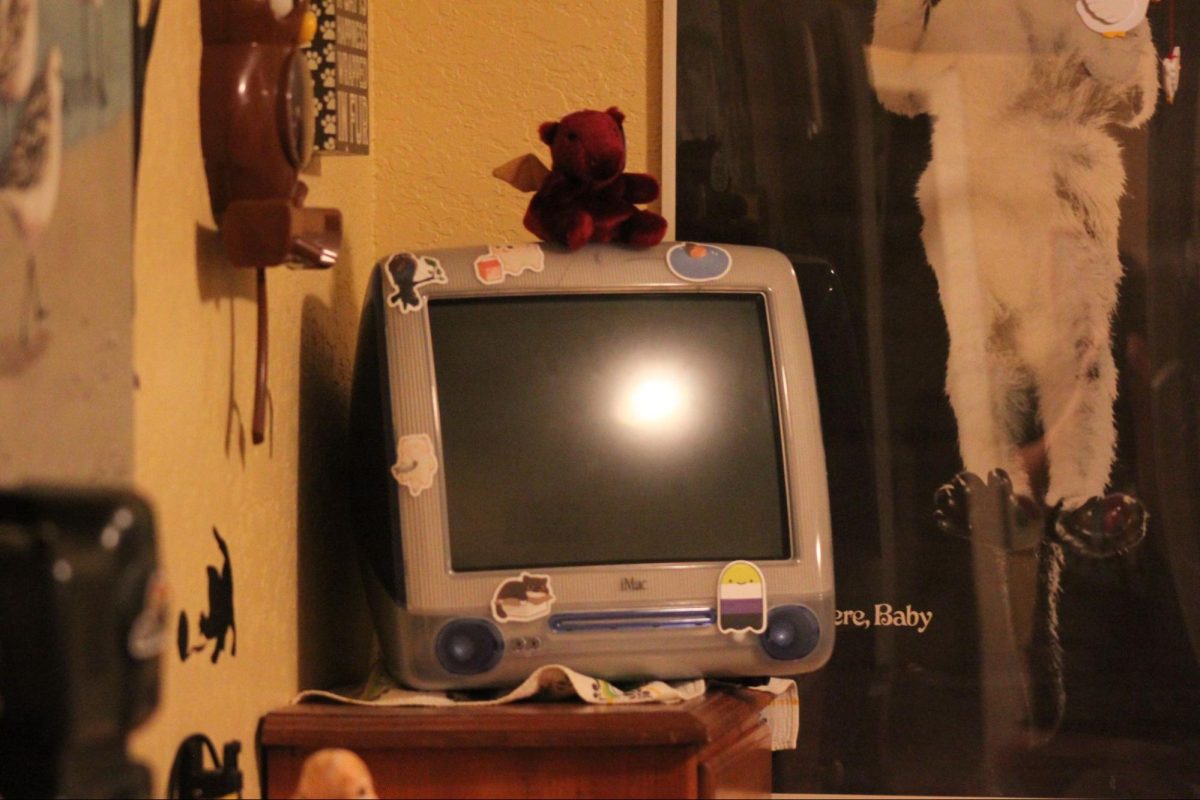Raisin’ kids on racism
May 13, 2019
All teachers in our district receive diversity and equity training, to understand how diverse cultures, backgrounds, races, and religions impact student performance.
In the Northshore district specifically, there is a team dedicated to bringing diverse learning opportunities into schools. The beginning of their mission statement (found on the Northshore District website) says they “are committed to supporting and sustaining an educational community that is inclusive, diverse, and equitable.” Their section on the district website also includes resources for teachers to use in their teaching, such as diverse books to read and teach in class.
A couple of Catamount reporters sat down with one of Bothell High School’s assistant principals, Ms. Geetha George-Shapiro, who is also on BHS’ building diversity and equity team, and discussed how the required trainings work. She shared that meetings begin with the leading team sharing personal stories where they have been affected by intolerance and use that to guide the learning. “Sharing experiences shed light on things that had been ignored,” says George-Shapiro. She also explained how teachers and staff are meant to approach issues regarding intolerance between students. If a problem arises, staff are not supposed to ask a student to change their beliefs but ask them whether the time was right for the interaction. She said the best way to resolve the issue is through “conversation and dialogue,” claiming school is a great place for people to have these conversations.
When asked about the training from a teacher perspective, BHS American history teacher Mr. John Messner said he wants to “teach to everyone in [his] class” but sometimes it can be difficult when “there’s a huge spectrum, talking income, talking race, talking religious background, and languages.” He continued on to say that the training is to “make sure you have a broad viewpoint of who your students are and that you’re not just focusing on one small group but accounting for [everyone].”
In the classroom, there are also curricula incorporated in schools that are meant to cover diversity, using the training received.
There are guidelines given to teachers on what they have to hit in what period of time, and what to focus on. In general, however, it’s up to the teachers to incorporate this learning into their course. Messner says he has “the flexibility to teach what I think is important […] as long as it’s historical.” He also encourages students to study abroad and take their learning outside of the classroom, as he “learned more [about diversity] out of high school than in it.”
Ms. Beth Rosin, another history teacher here at BHS, thinks that textbooks don’t provide enough education about diversity and that “teachers have to bring it in.” She also tries to “incorporate as I go” because she thinks it is more beneficial to learn about diversity in the context of other topics as opposed to a stand-alone unit.
Messner and Rosin both feel that students are interested in learning about diversity and related topics. Rosin believes that part of the reason this intrigues students is that “it’s often something they haven’t been taught or thought about.”
Overall, diversity education, both for students and teachers, is a small part of each’s curricula. How teachers incorporate their training and actual education into their classrooms is usually up to them, and can change depending on the subject and person.






